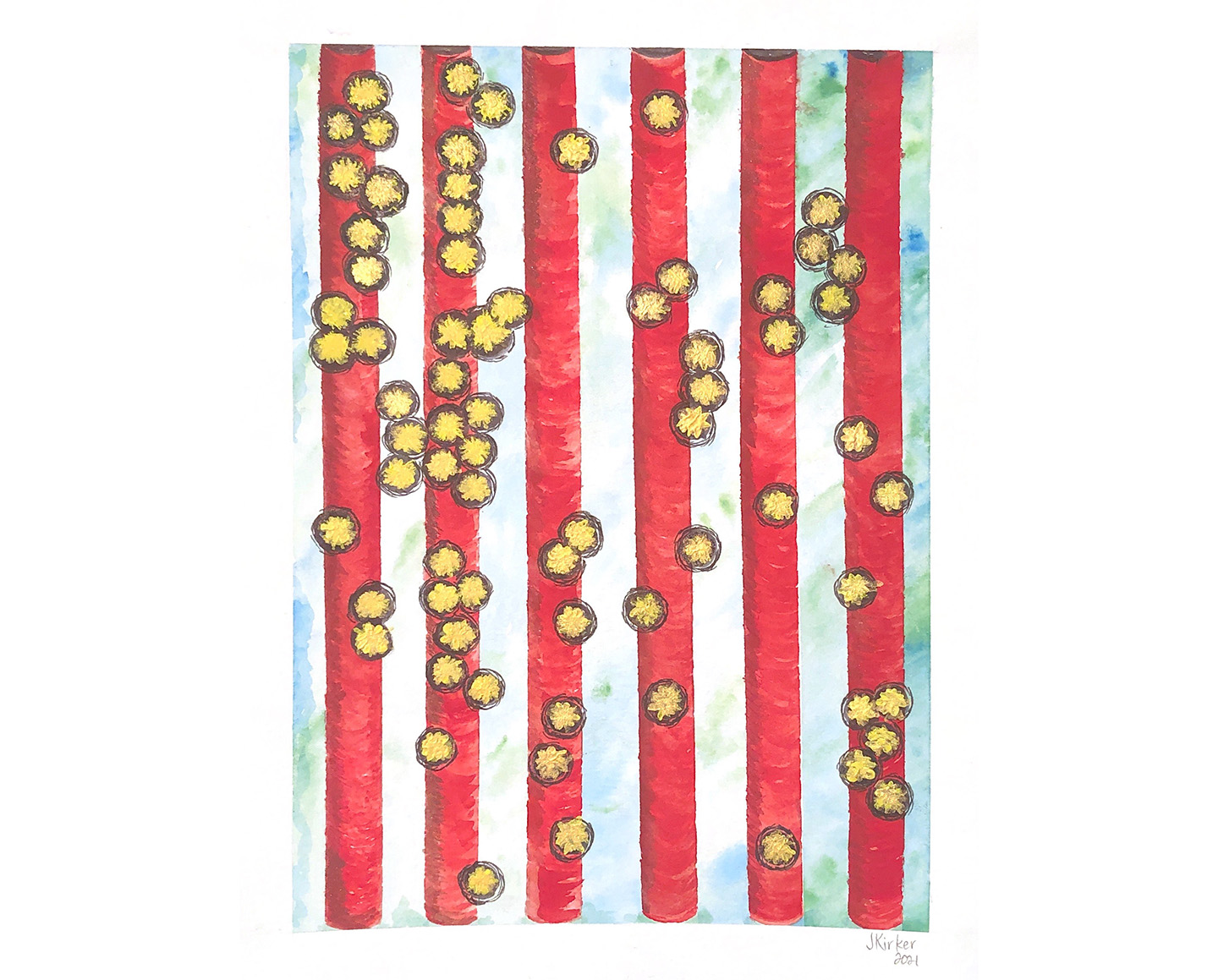Compact biosensor microscope built for point of care diagnostics
Current medical diagnostics involve sending samples to laboratory facilities, which can be difficult and expensive. Researchers at the University of Illinois Urbana-Champaign have designed a desk-sized instrument that can make the same measurements at the location where the samples are collected.

For several years the Cunningham group has been developing microscopes that use photonic crystal biosensors—nanostructured glass surfaces that brightly reflect only one wavelength of light. “Although our original photonic crystal microscope is very versatile, it’s the size of a ping pong table,” said Brian Cunningham (CGD Director/MMG), the Intel Alumni Endowed Chair of Electrical and Computer Engineering. “We wanted to build a portable instrument that had the same detection capabilities. The new one we built can easily fit on a desk and costs around $7,000, compared to the non-portable microscope, which costs $200,000.”
The researchers had previously developed the larger photonic crystal microscope so that it could provide a strong contrast counting surface-attached gold nanoparticles, a feature that the portable version also shares. “The photonic crystals act like a mirror, but only for the color red. The gold nanoparticles are non-reflective and show up as dark spots,” Cunningham said. The microscopes can, therefore, be used to detect proteins or other biomarkers that are linked to the gold nanoparticles.
The portable versions use a red LED light, which gets reflected off the photonic crystal, and the image is captured by a webcam. “The system itself is quite easy to build and can be put together within a day,” said Nantao Li, a graduate student in the Cunningham lab and co-first author on the paper.
The portable microscope was used to detect specific microRNAs—small, single-stranded, non-coding RNAs—that are associated with prostrate cancer. Each gold nanoparticle was attached to a single-stranded piece of DNA, called the probe, which in turn was attached to pieces of single-stranded protector DNA. If the target miRNA sequence was present in the sample, it would displace the protector DNA, which would cause the nanoparticle to bind to the photonic crystal, according to Shreya Ghosh, a previous postdoctoral researcher in the Cunningham lab and the other co-first author of the paper.
Since almost every cancer has miRNAs associated with it, the microscope can, in theory, be used to detect different cancer types. “We are collaborating with researchers at the Mount Sinai Medical Center to diagnose lung cancer, and with Huntsman Cancer Institute to measure the effects of chemotherapy in prostate cancer,” Cunningham said. “We will also be working with Carle Hospital to detect miRNAs found in the blood of breast cancer patients.”
The researchers are working to lower the microscope cost even further. “We are trying to use smartphone cameras to capture the images. Our aim is to reduce the cost to less than $100,” Li said. They are also trying to build handheld versions of the microscope, which would consist of a box with an image sensor that can communicate wirelessly with a smartphone.
The Cunningham lab is currently seeking to establish a Center for Enhanced Biosensor Microscopy at the IGB, where they will be able to train researchers throughout the academic research community to use these instruments to detect any type of biomarker.
The study “A compact photonic resonator absorption microscope for point of care digital resolution nucleic acid molecular diagnostics” was published in Biomedical Optics Express. The work was funded by the National Institutes of Health, Jump ARCHES endowment through the Health Care Engineering Systems Center, Zhejiang University ZJU-UIUC Joint Research Center, Ronald H. Filler Scholarship for Cancer Scholars, and the Illinois Scholars in Undergraduate Research Scholarship.
